How to get rid of powdery mildew – for a healthier garden
Learn how to get rid of powdery mildew and how you can prevent it with this garden guide
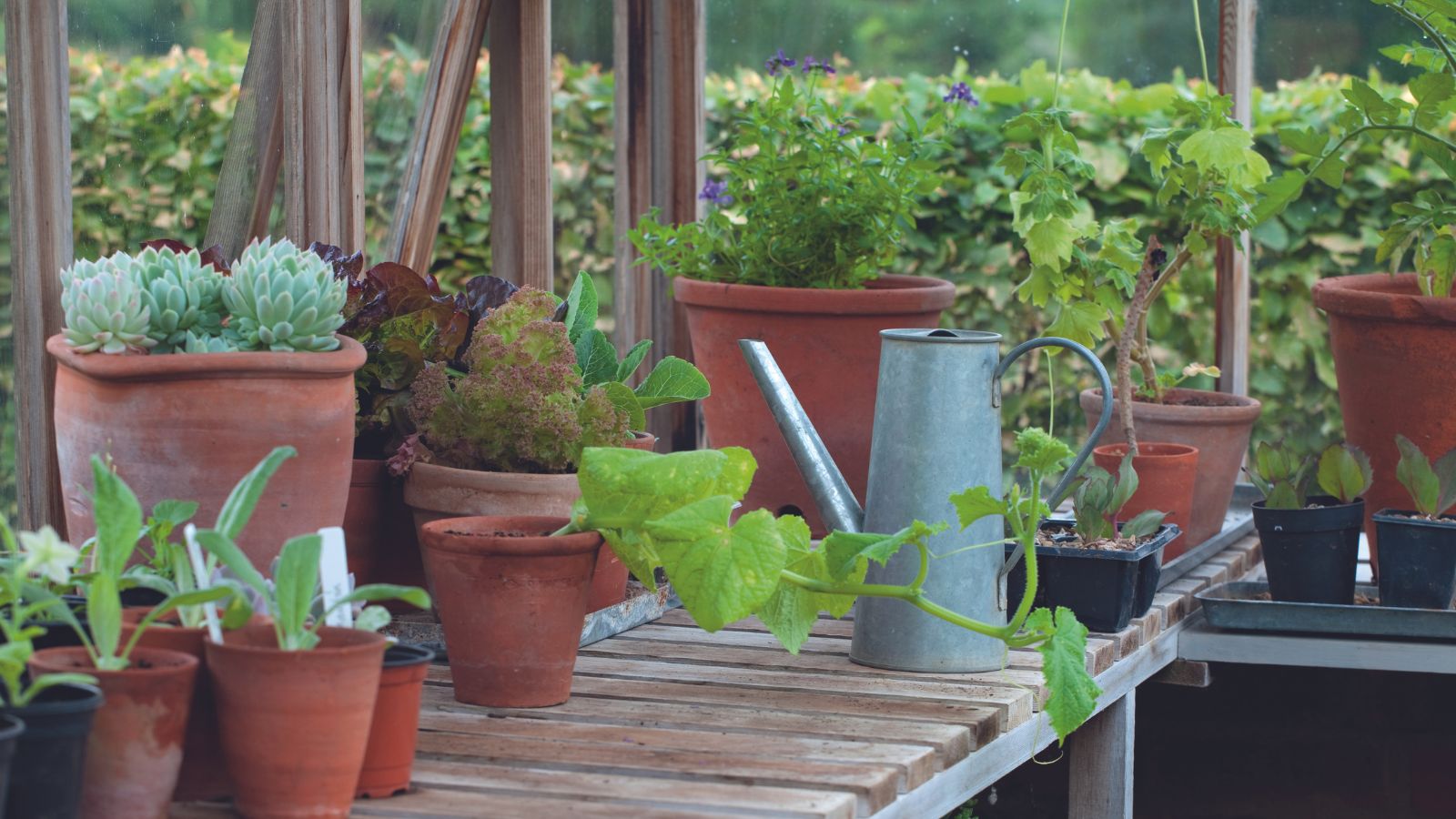

If your plants have started to turn white, your garden may be suffering from a powdery mildew infection. But what is powdery mildew and how can you get rid of it?
This common plant fungus is rarely fatal but lack of intervention could result in weaker plants as the infection damages leaves and ciphers nutrients. A mild case may clear up on its own, but serious infections require thorough cleaning to get rid of the infection completely.
Although powdery mildew is more likely to affect your outdoor garden ideas, even the best indoor plants are susceptible to some veins of the fungus, so it is important to learn proper plant care to prevent fungal infections from taking a dreadful hold. ‘Pests are as common a problem for indoor plants as they are for outdoor plants,’ explains Kate Lindley, indoor plant expert at BabyBio. ‘In fact, houseplants can be even more susceptible to infestations for a variety of reasons, from changes in the environment to overwatering.’
Here, we look at how to get rid of powdery mildew, what it is, and how you can help prevent it.
How to get rid of powdery mildew
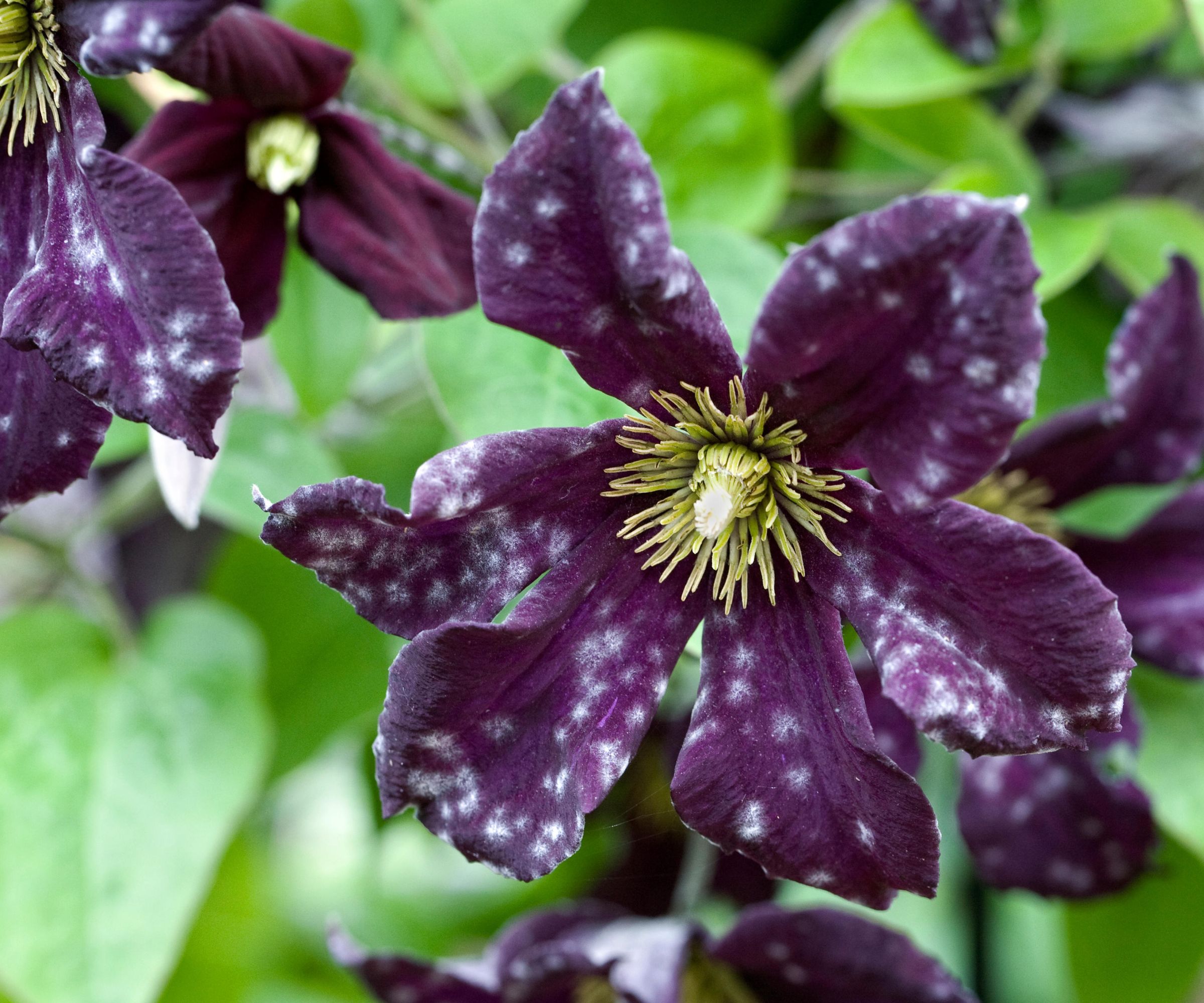
There are many fungicides on the market targeted toward the prevention and removal of powdery mildew, 'Non-chemical treatments, unfortunately, can resort to pruning the plant at the first signs of infection and isolating the plant in a space with good airflow, while chemical solutions present the best results.' explains Tom Hilton, indoor gardening expert at National Greenhouse. 'Just be sure to use this sparingly, as it destroys the top layer of the plant and can also very easily lead to the plant becoming sunburnt.'
Luckily, there are also several home remedies to this fungus that may be safer for edible plants and your vegetable garden ideas and may not result in having to prune your precious plant life.
Potassium bicarbonate: A mixture of one tablespoon of potassium bicarbonate, half a teaspoon of liquid dish soap, and one gallon of water can be used to instantly kill the fungal spores infesting your plants. Use this solution in spray form to treat fungal infections on leaves and stems. It is important to note that spray treatments will only be effective on the sprayed areas. Ensure that the entire affected area is coated with the spray to make sure the fungus doesn't quickly return. The use of potassium bicarbonate is also approved for use on edible plants.
Milk: You can use one-part milk and two to three parts water mixture to break down fungal spores and even boost your plant's immune system. The reason this method works is not fully understood but is proven to be an effective, food-safe treatment that is also readily available.
Pruning: In the case of a serious infestation, you may need to prune infected leaves, stems, and buds and remove them from your garden. Snip the infected parts off using sharp pruning shears and dispose of the cuttings in your regular waste bin. It is not recommended to put infected leaves in your compost heaps.
When dealing with powdery mildew indoors, you should follow many of the same precautions as getting rid of common houseplant pests. Alongside common homemade bug sprays, use the same solutions as outdoor plants and either spray or wipe your plant leaves to remove the infection. ‘Regular cleaning of leaves is also essential for keeping your plant babies in good condition. Use a damp cloth with a little soapy water to regularly wipe away any matter that might have settled on leaves. Not only does this prevent spores from settling, but it also helps plants photosynthesize and keeps leaves looking shiny!’ advises Kate.
What is powdery mildew?
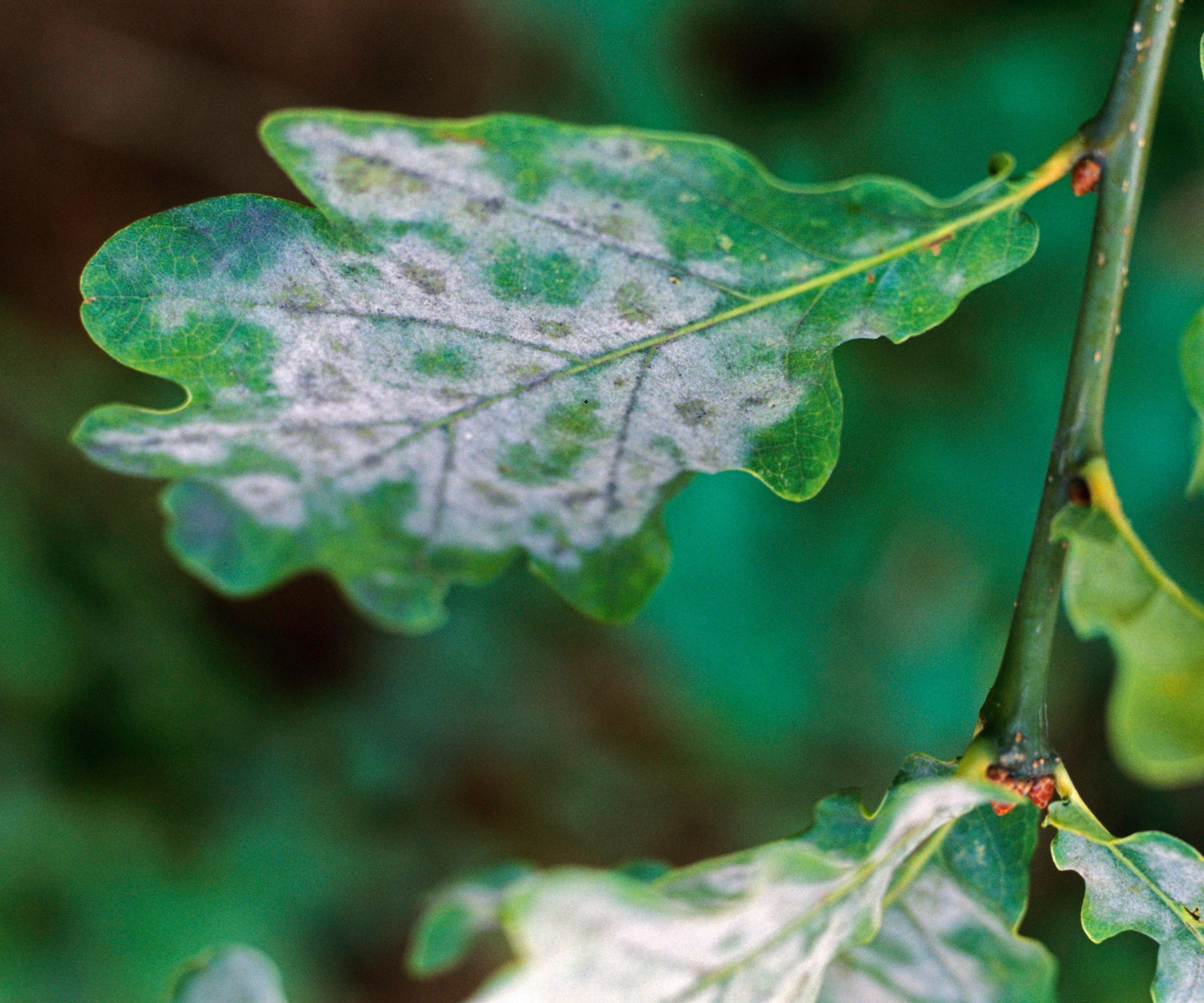
Powdery mildew is a fungal disease that can affect both indoor and outdoor plants. The disease mainly affects the leaves and stems of plants, however, can sometimes spread to the flowers and fruit of some plants too, often rendering edible plants inedible. For example, powdery mildew is one of the most common causes of zucchini leaves turning white.
'Powdery Mildew is another nightmare for indoor plant enthusiasts, affecting a great many species of plant, the most famous of which being roses,' expands Tom. 'Powdery mildew presents itself, like the name implies, as a white powdery fungus covering the surface of the leaves - which can spread easily if not treated correctly.'
Different types of powdery mildew can affect different plants but the mildew treatment is the same. Luckily, this also means that just because one of your plants has powdery mildew, the ones next to it might not become infected, as each fungus is specialized for specific plants.
Powdery mildew can be distinguished by its white, powdery texture and can be wiped from leaves easily. Plants that are infected with powdery mildew may look like they have been dusted with flour.
What causes powdery mildew?
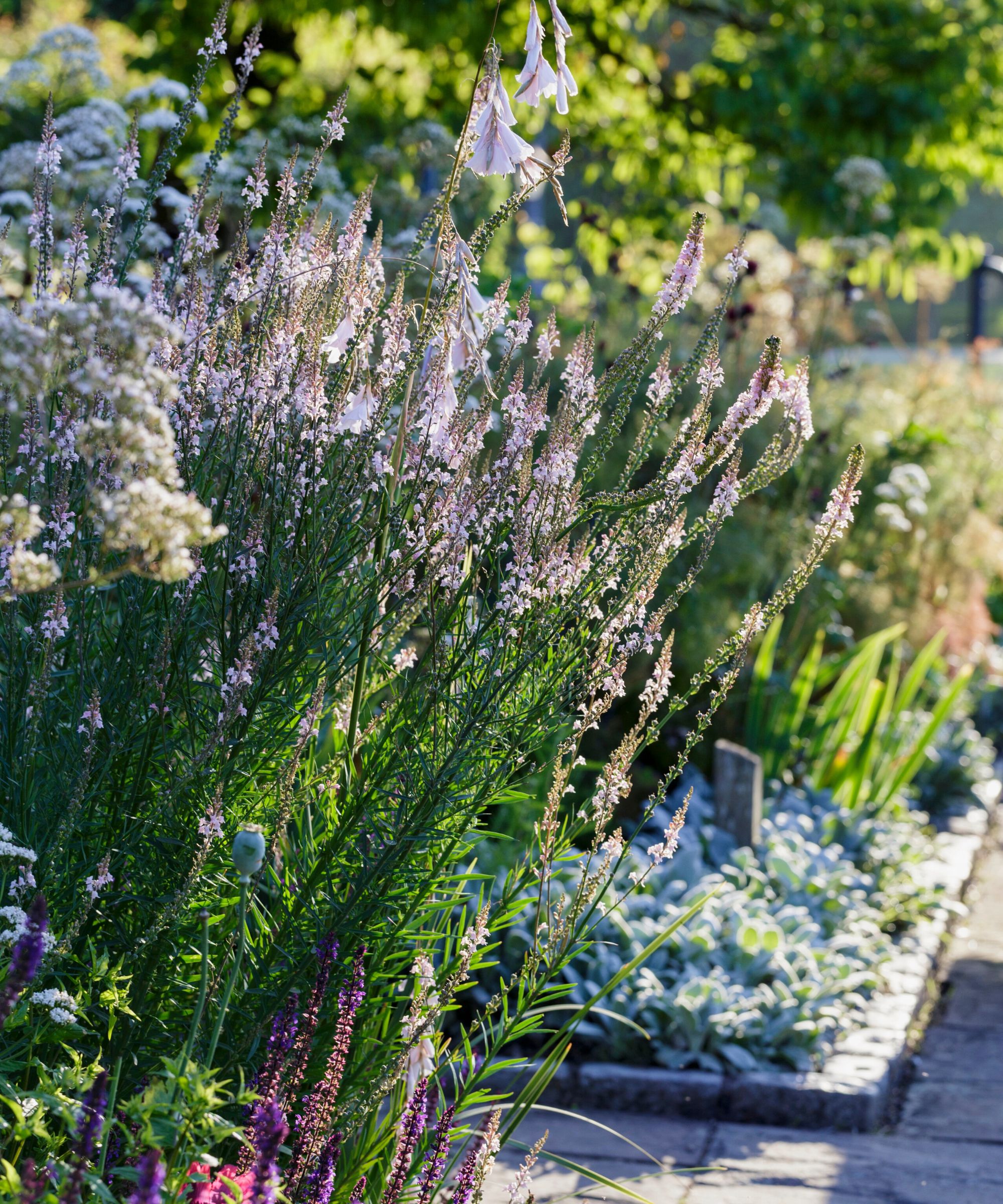
Powdery mildew, like many fungi, thrives in high humidity and warmer climates. Because of this, powdery mildew is more likely to infect your plants in the late spring and early summer months as temperatures fluctuate between warm days and cool nights. Powdery mildew may also thrive in extended periods of hot weather, so learning how to protect plants in a heatwave is important to prevent infestations.
Plants in shady areas are also more susceptible to powdery mildew infections, as are those in areas of poor air circulation.
How do I prevent powdery mildew on plants?
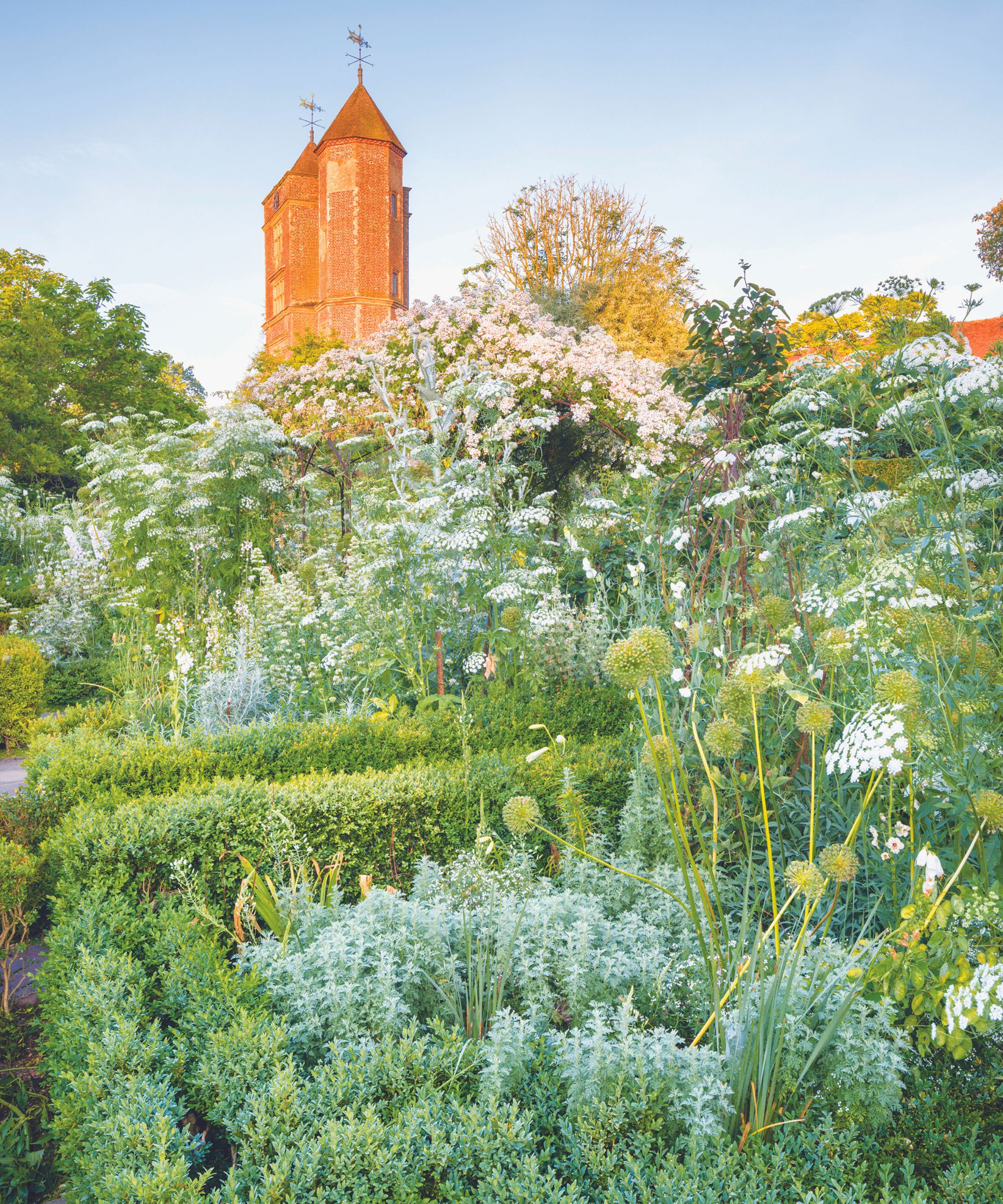
The best way to treat plant fungal infections such as powdery mildew is prevention.
There are many powdery mildew-resistant plants that can be a great choice for gardens that are prone to infections or to plant between other plants to act as a barrier to prevent rapid spread. Selective pruning is also an option when it comes to powdery mildew prevention as it can help to increase air circulation and reduce relative humidity.
When it comes to outdoor plants, watering from overhead can help to wash spores off of the leaves before they have the chance to take hold. Oversaturated foliage can be an ideal breeding ground for other common plant diseases, however, so it is best not to really on this method.
Indoor houseplants should be watered directly on the soil. Wet leaves should be dried thoroughly as damp foliage may be more prone to fungal infections. ‘If you do discover an infestation, don’t panic!’ assures Kate. ‘The first thing to do is isolate your plant to prevent them from spreading, so move it as far as possible away from your other plant babies to protect them.’
Does baking soda get rid of powdery mildew?
Baking soda is not the best way of treating powdery mildew but can work well as a preventative measure. A mixture of one tablespoon of baking soda, half a teaspoon of liquid dish soap, and one gallon of water can be sprayed liberally on plants to prevent the spread of initial infection of powdery mildew.
Sign up to the Homes & Gardens newsletter
Design expertise in your inbox – from inspiring decorating ideas and beautiful celebrity homes to practical gardening advice and shopping round-ups.

Chiana has been at Homes & Gardens for two years and is our resident 'queen' of non-toxic living. She spends most of her time producing content for the Solved section of the website, helping readers get the most out of their homes through clever decluttering, cleaning, and tidying tips. She was named one of Fixr's top home improvement journalists in 2024.
-
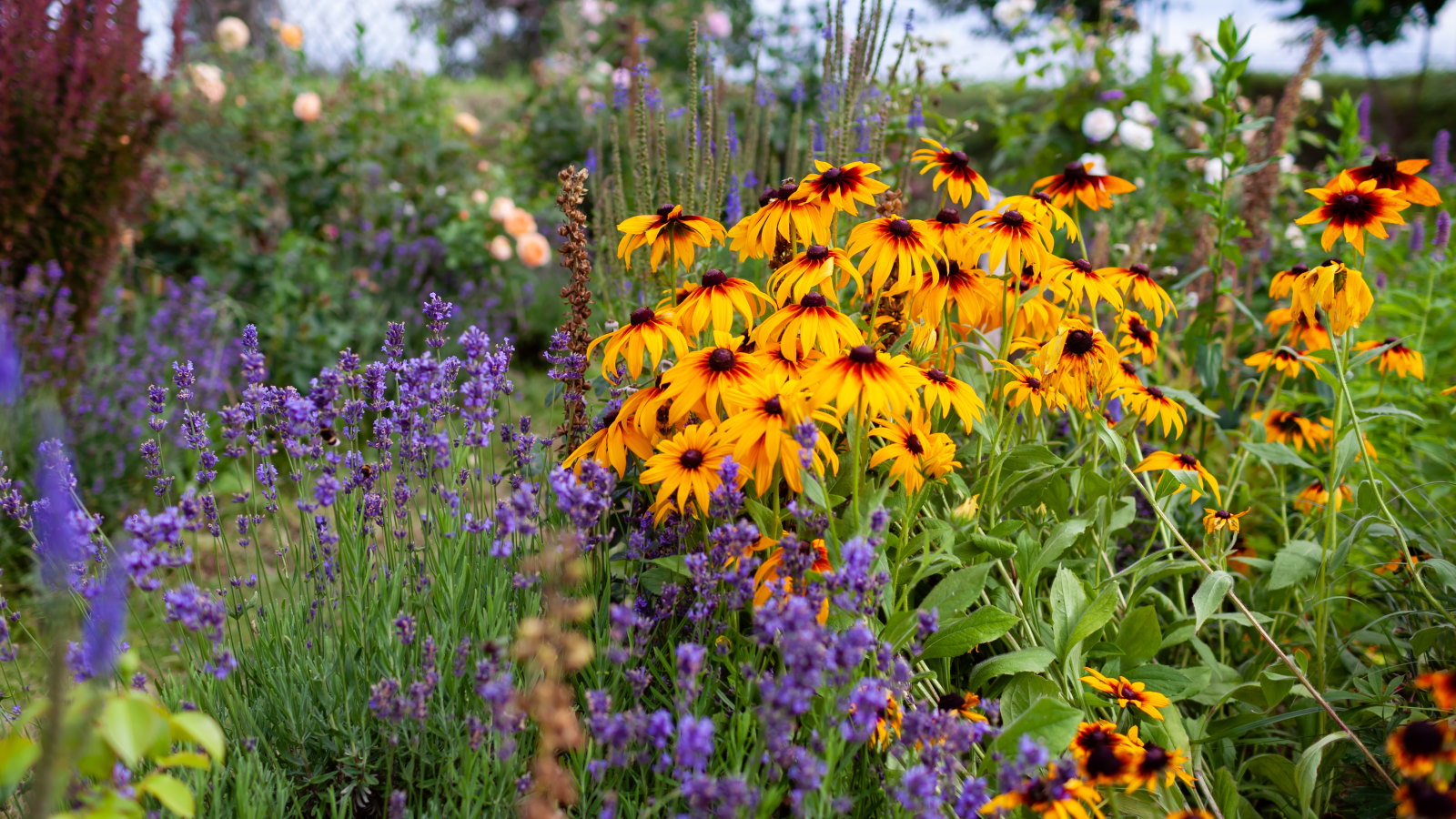 Garden experts warn against overcrowding flower beds – why this on-trend look is the worst thing you can do
Garden experts warn against overcrowding flower beds – why this on-trend look is the worst thing you can doIt's tempting to create an abundant, overflowing garden bed, but it can limit your plants in more ways than one
By Tenielle Jordison Published
-
 Grace Kelly's former living room set the blueprint for quiet luxury – you can explore her NYC penthouse (listed for $3.25 million)
Grace Kelly's former living room set the blueprint for quiet luxury – you can explore her NYC penthouse (listed for $3.25 million)A unit in the storied Manhattan House, where Grace Kelly, Benny Goodman, and Shirley Jackson have lived, has hit the market – it's a masterclass in neutrals
By Hannah Ziegler Published